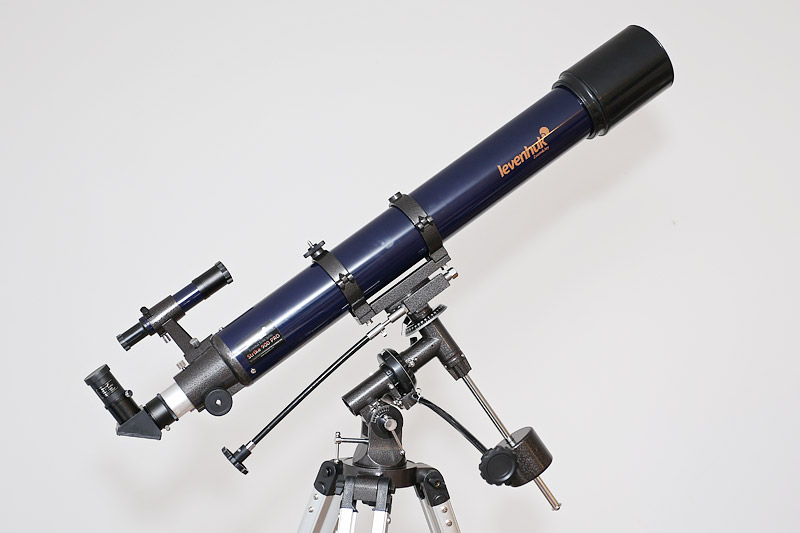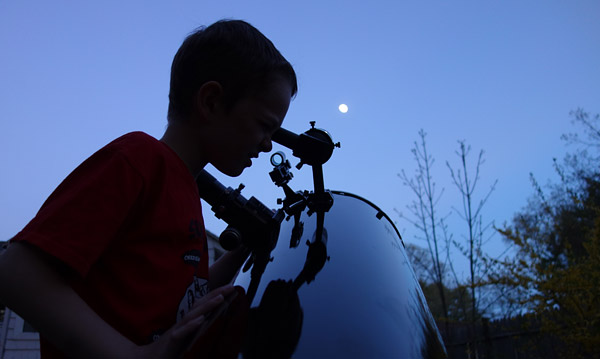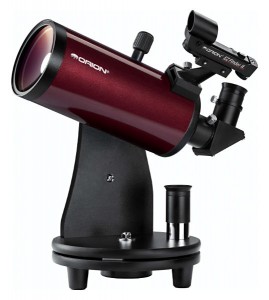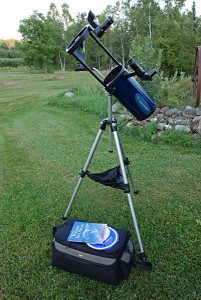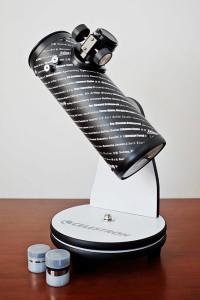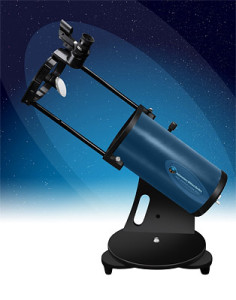The burgeoning astronomy enthusiast faces one of the most difficult decisions in the hobby – what to choose for a first telescope? The choice is difficult not only because of the vast range of available options but more so because of a lack of awareness of the viewer’s own preferences and tendencies. Ideally the first instrument will nourish a love of viewing the night sky that will enable the observer to get over any inconveniences or difficulties that might be encountered early in their journey.
I tried to keep these considerations in mind when assembling my impressions of the Levenhuk Strike 900 Pro – an equatorial mounted, long focus refractor kit clearly designed with beginners in mind. Before we start I do want to point out that this telescope was provided by Levenhuk on loan for the purposes of this review and I have spent the past four weeks putting it through its paces.
